Photos of Kuwait 30 Years After the Gulf War
![]()
Kuwait is known for its oil, the Gulf War, the Daguet division, and the “Desert Storm” operation. But what most people are not privy to is its rich history, heritage, and architecture.
2021 is the 60th anniversary of the country’s independence and the 30th anniversary of the end of the Gulf War. With the help of professor Hasan Ashkanani, this series aims to tell the history of the country and its people, and build a cultural archive composed of images and testimonies of a heritage soon to disappear.
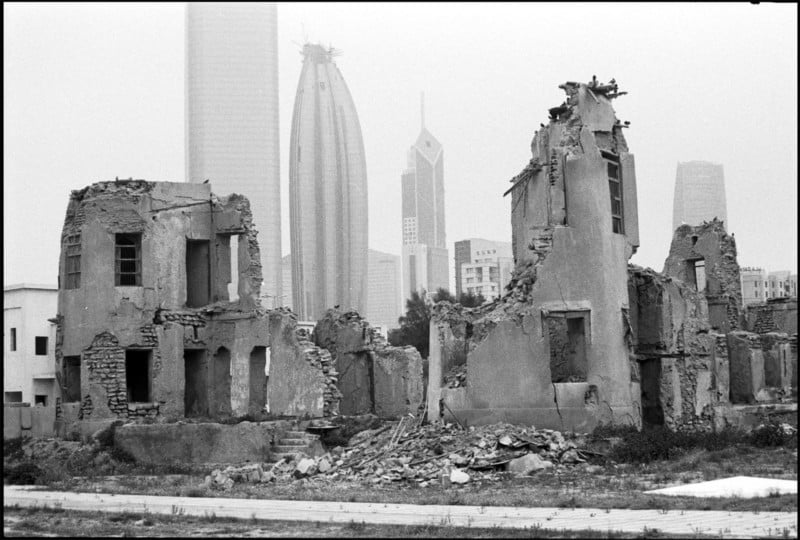
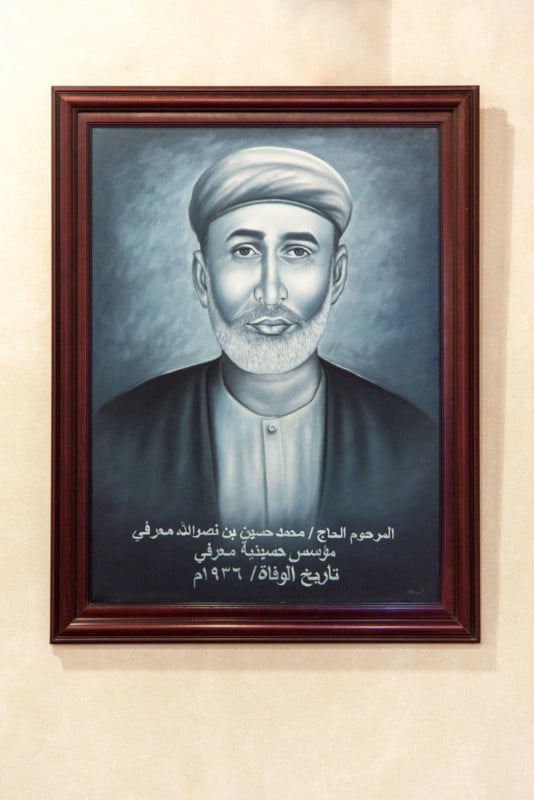
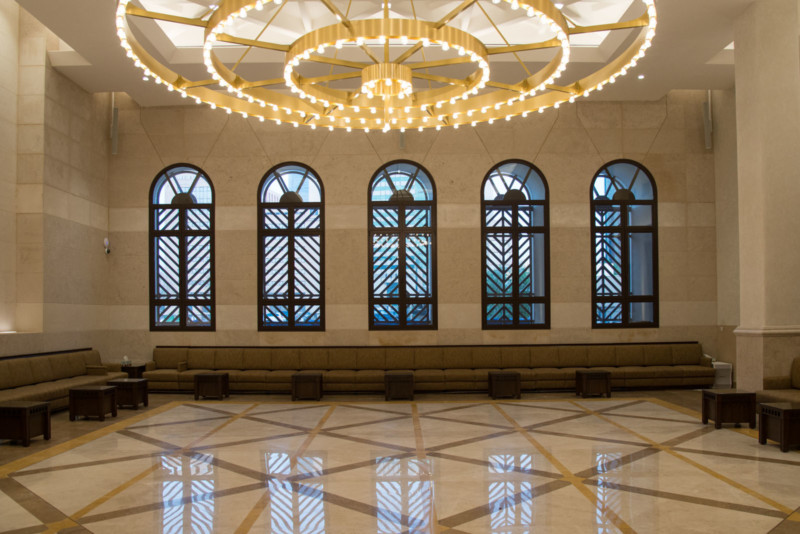
![]()
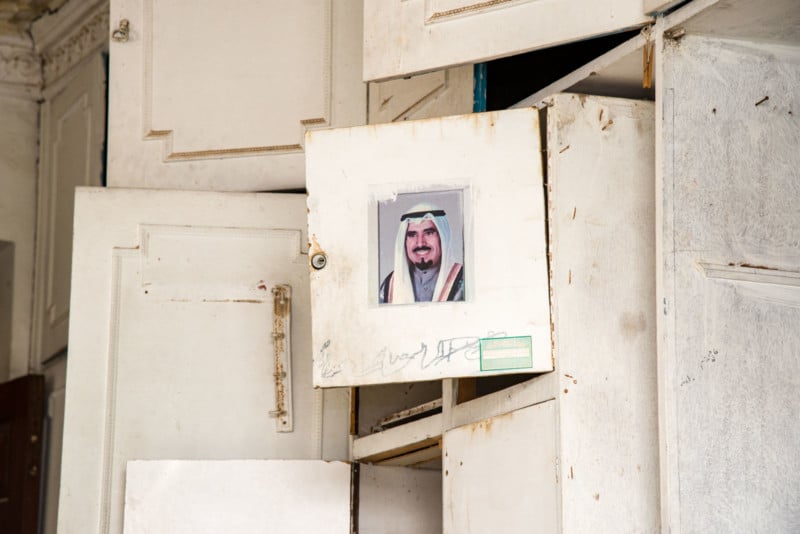
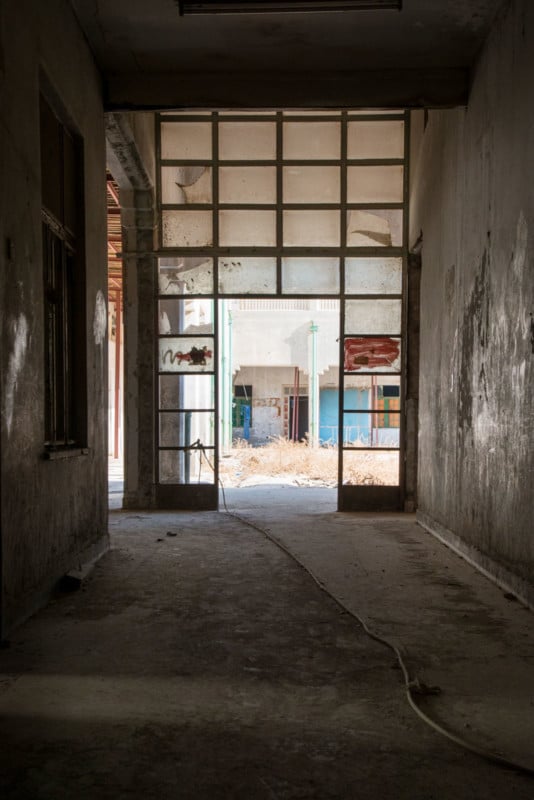
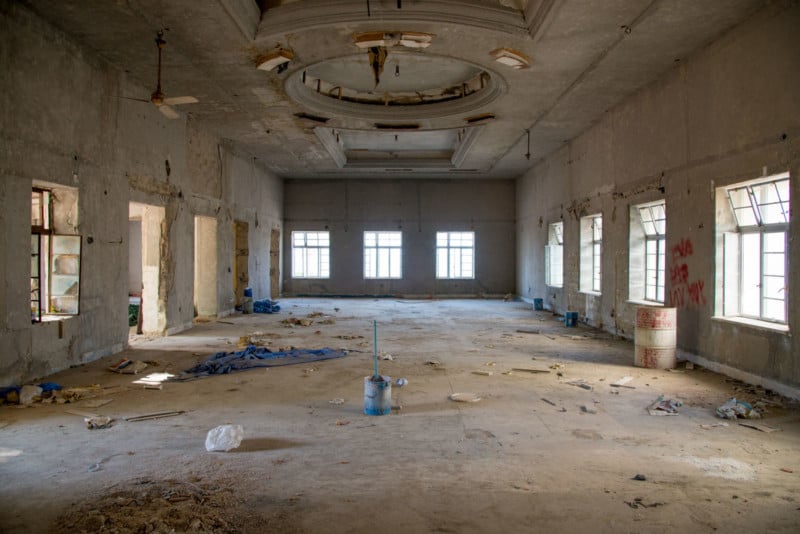
![]()
![]()
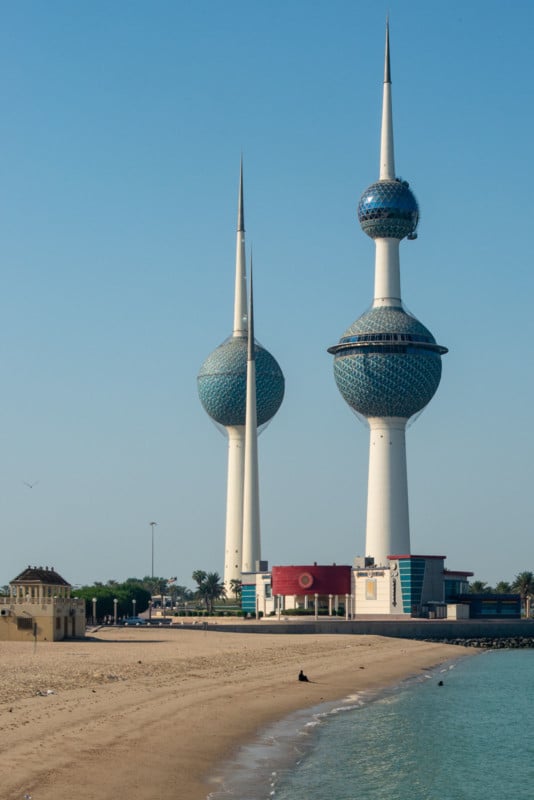
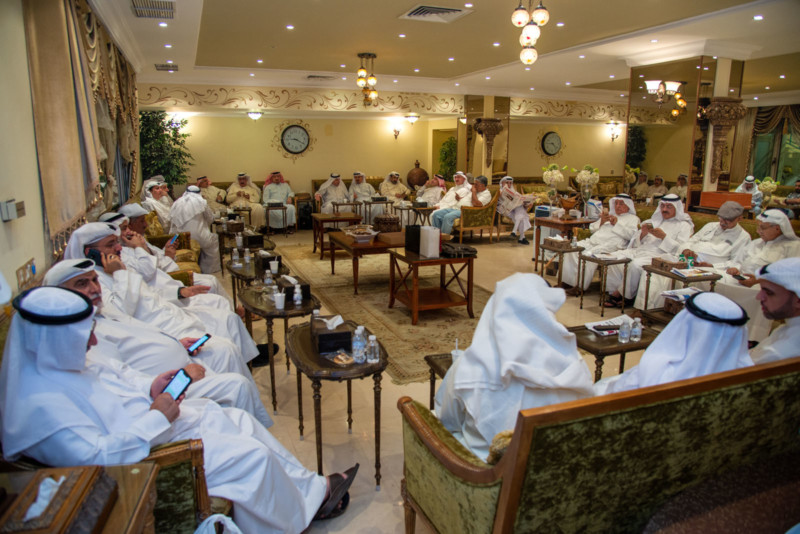
![]()
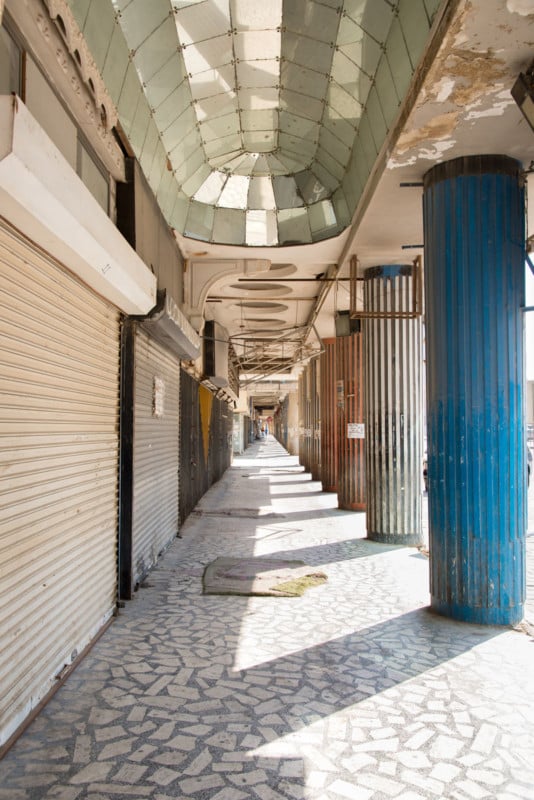
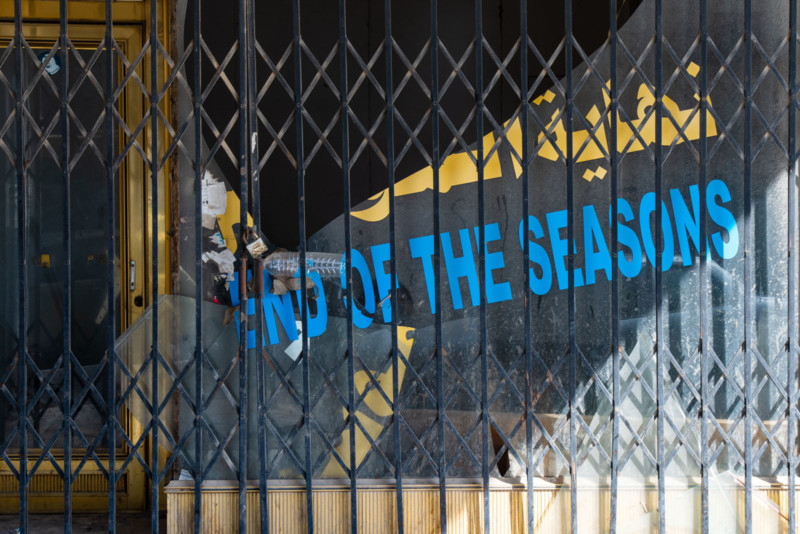
![]()
![]()
![]()
![]()
![]()
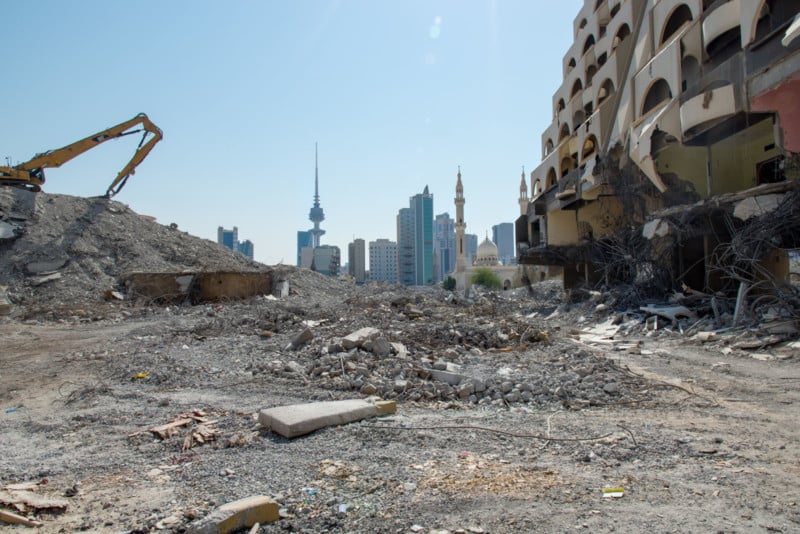
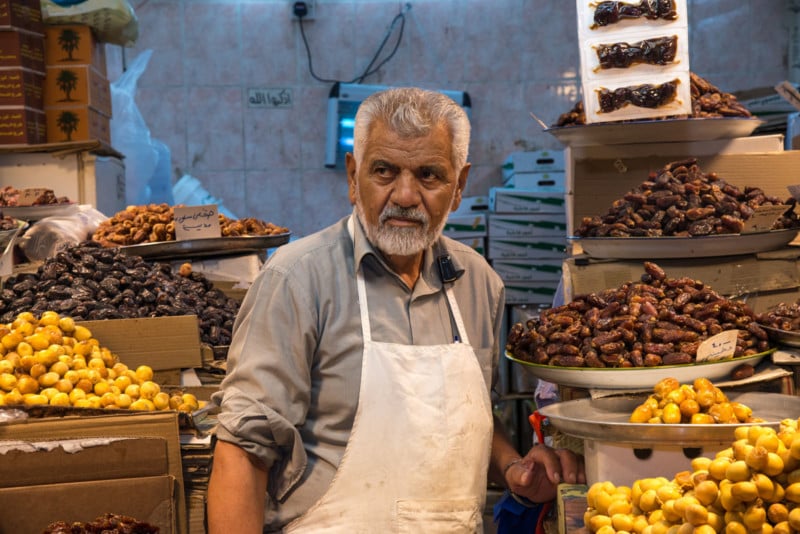
![]()
![]()
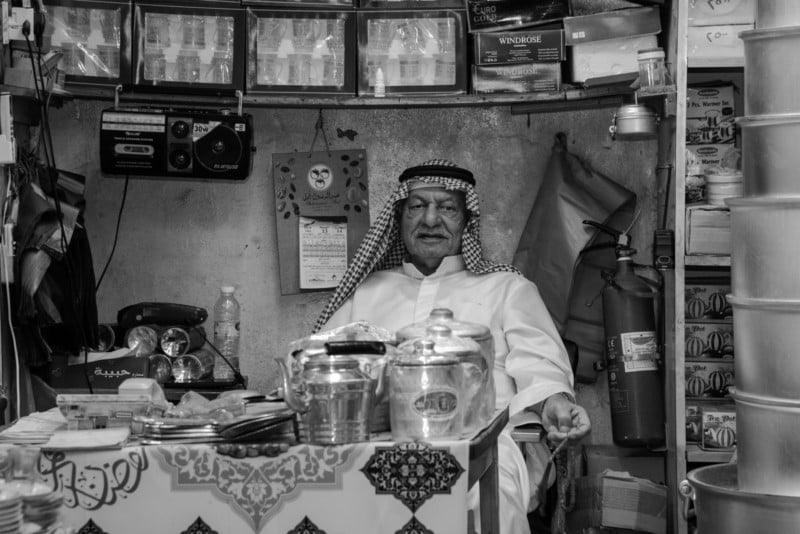
![]()
![]()
![]()
![]()
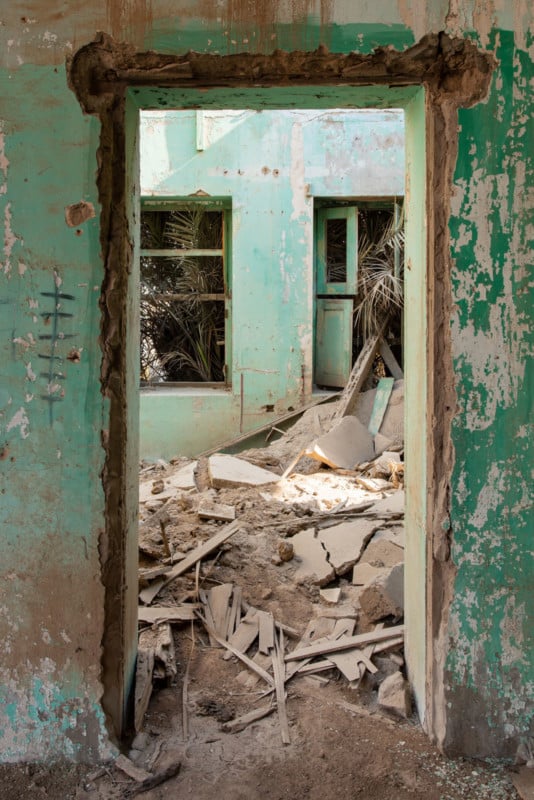
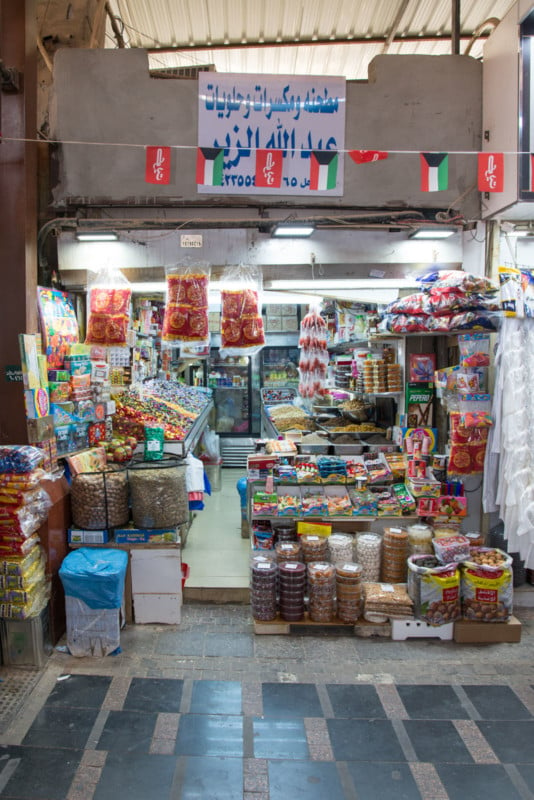
![]()
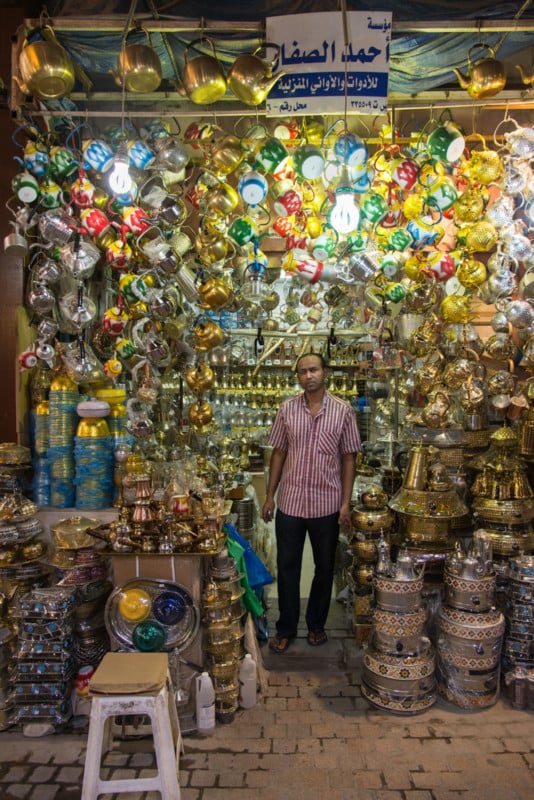
About the author: Jerome Poulalier is a 34-year-old French photographer based in Lyon, working worldwide (mostly Middle East, USA, and Europe). The opinions expressed in this article are solely those of the author. Eight years ago, after receiving the prize from the Nicolas Hulot Foundation, awarded by PHOTO magazine, he made photography his full-time job and has since worked on numerous photo projects. For the past few years, his work and his artistic research have revolved around two dynamics: humans and their environment. Different people, different environments, from the challenges of blindness in Texas to falcon hunting in Jordan, the place of technologies in social relationships (France), or new spaces and lives of nomadic populations (Italy). You can find more of his work on his website.